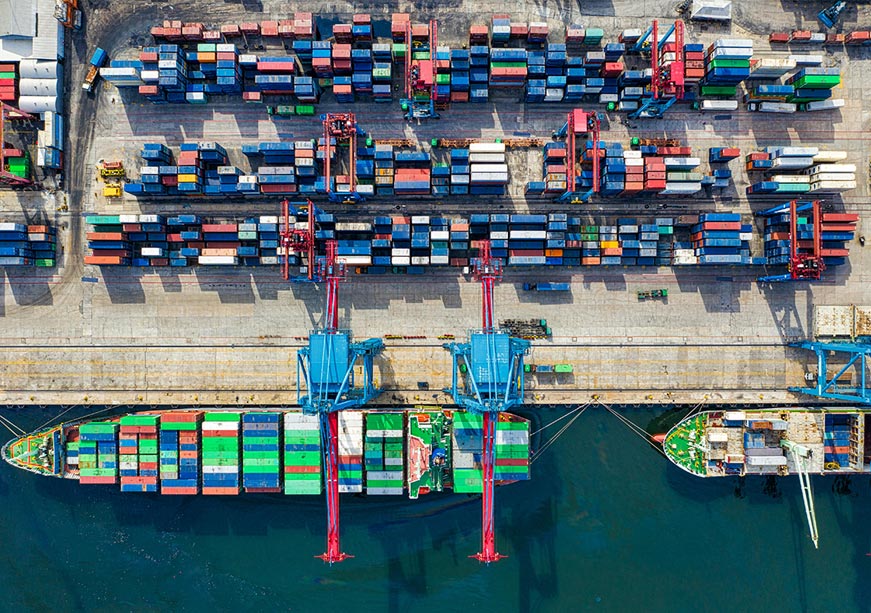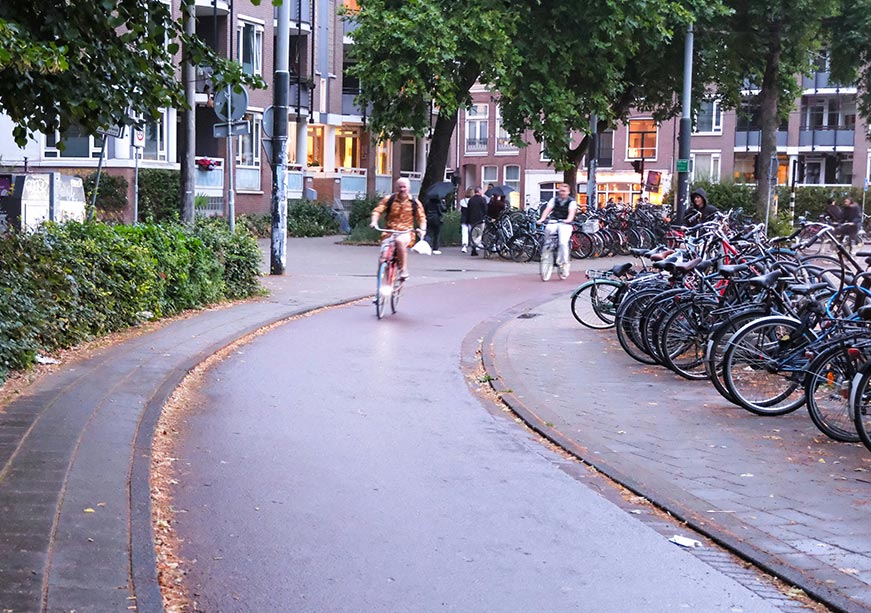Introduction
The announcement of the India-Middle East-Europe Corridor (IMEC) in 2023 garnered wide attention for the additional trade and energy routes it would provide. These routes offer valuable alternatives to the Strait of Hormuz, Bab el-Mandeb, Red Sea and Suez Canal – thoroughfares which have become the site of increasing tension and disruption. Through IMEC, a network of maritime and rail routes will facilitate the transportation of goods and enhance connectivity among participating states. In addition, interconnection of electricity grids via undersea cables and terrestrial power lines will help drive meaningful regional integration. Digital connectivity, too, is an important aspect of the corridor, with fibre-optic cables linking data centres across participating countries, thereby offering transformative potential in terms of secure high-speed data transmission and digital-economy integration.
Much of the existing writing on IMEC focuses on its physical digital infrastructure and the role these might play in enabling technological cooperation between signatories. However, fewer analyses have examined the institutional capabilities and development of the digital platforms that will ultimately support IMEC’s realisation. An early example of digital trade interoperability along the IMEC route can be seen in the India-UAE Master Application for International Trade and Regulatory Interface (MAITRI). This digital platform underpins the India-UAE Virtual Trade Corridor (VTC) by integrating national customs documents and trade-related information. While this integration offers clear value for the two countries, whose bilateral trade reached US$100 billion in 2024–25, its broader applicability along the corridor remains in question as negotiations over trade and infrastructure alignment progress. Notwithstanding the challenges of harmonising customs protocols and data sovereignty laws, platforms like MAITRI demonstrate how digital systems can enable seamless trade processes. As such, this article seeks to outline the key policy considerations and technical enablers necessary for extending digital platform integration westwards along the IMEC route.
MAITRI and the Case for the Expansion of VTCs
Since the UAE-India VTC and MAITRI are pioneering platforms for digital trade and customs integration, there is little data to indicate the extent to which they can cut costs in customs and approval processes. However, estimates for the cost-saving benefits of trade and customs digitisation, such as the implementation of a Trade Single Window — a digital platform that allows traders to submit all required import, export, and transit information through one electronic entry point — have been put at between 20 and 50 percent, Such digitisation has also been projected to cut import compliance times by roughly half. Furthering the extent of digital interoperability by implementing additional VTCs between connecting countries in IMEC is therefore likely to reduce both costs and processing time significantly. This efficiency would boost the corridor’s competitiveness with other major trade routes by increasing capacity and speeding up the flow of goods.
Embedding digital governance and interoperability at the heart of IMEC’s development will transform it from a transport corridor into a digitally enabled trade ecosystem.
Moreover, the development of digital trade interoperability mechanisms tallies well with the ambitions of many IMEC signatories and transit partners to accelerate not only their logistics-trade ecosystems but also technology adoption at all levels of economic value chains. For example, Saudi Arabia’s Digital Government Strategy aims to migrate government services onto integrated digital platforms to deliver consistent, user-driven services. Similarly, Jordan’s National Digital Transformation Strategy & Implementation Plan recently launched the Trade and Logistics Performance Gateway digital platform, designed to connect logistics operators, exporters, and customs authorities in real time. Israel and the European Union (EU) are also committed to the digitisation of government functions. The Digital Israel Initiative has established advanced e-government systems, while the EU’s Single Window Environment for Customs harmonises electronic trade documentation to provide a unified interface for traders to submit information once for use across multiple jurisdictions.
To date, most digital trade initiatives have been confined to national efforts or to established, regulatorily aligned blocs such as the EU. This creates an opening for IMEC to pioneer cross-border digital integration across a far more diverse set of economies. The corridor’s varied regulatory frameworks, digital capacities, and data governance standards make this both a complex undertaking and a unique opportunity for innovation in digital connectivity. Establishing IMEC’s physical trade and cable infrastructure priorities is an essential foundation, but early adoption of shared digital trade platforms could ease future integration and regulatory harmonisation once physical connectivity is in place.
Country Readiness, Data Sovereignty, and Geopolitical Tensions
Creating additional VTCs along the IMEC route will depend to a large degree upon the ability of participating governments to coordinate policy, regulatory, and technical standards across borders. While countries along the route have all prioritised the digitalisation of government services as a key aspect of national development, their levels of digital readiness and interoperability differ significantly. The challenge lies in ensuring that existing national digital trade platforms and frameworks, such as Saudi Arabia’s FASAH, Jordan’s Trade Facilitation Portal, Israel’s Global GATE, and the EU’s CSW‑CERTEX (Customs Single Window Certificates Exchange System), can interact seamlessly through common standards of mutual legal recognition.
National data sovereignty represents perhaps one of the largest barriers to such integration. Customs and taxation are sovereign functions, and governments are often reluctant to open backend systems or recognise foreign inspection and certification processes. For example, Saudi Arabia’s Personal Data Protection Law (PDPL) restricts cross-border data flows unless their level of safeguards is deemed appropriate by the national data authority. Similarly, Jordan’s Personal Data Protection Law and Israel’s Privacy Protection Law and Transfer Regulations limit transfers of personal data abroad due to requirements that recipient countries guarantee equivalent levels of protection. These restrictions complicate the establishment of shared databases, blockchain technologies, or cloud-based systems across borders, even for non-sensitive customs information. The EU’s General Data Protection Regulation (GDPR) and Single Window Environment for Customs offer assurance of advanced data protection and a digitally unified customs processing framework within the bloc, yet connecting this to other IMEC systems and standards will be a challenge. Similarly, efforts to harmonise customs procedures between other IMEC nodes such as the UAE and Saudi Arabia are advancing under the Gulf Cooperation Council’s (GCC) Integrated Customs Tariff framework, though a fully operational single window remains some way off.
Early adoption of shared digital trade platforms could ease future integration and regulatory harmonisation once physical connectivity is in place.
Furthermore, digital readiness varies across IMEC signatories and partners, with some having advanced government digitisation while others lag behind. Differences in public funding, private investment, and the availability of skilled workforces will also affect each country’s ability to implement a VTC. While Israel, the EU and Saudi Arabia have relatively mature digital ecosystems and ample public and private funding environment for developing advanced platforms, Jordan’s limited fiscal capacity for digital upgrades and persistent regional security concerns involving Israel and neighbouring states could all but slow coordination. As such, a phased approach beginning with bilateral pilots between digitally advanced partners, followed by gradual integration of lower-capacity states like Jordan, likely offers the most pragmatic path toward full corridor interoperability.
Finally, geopolitical dynamics may further complicate the development of VTCs. Tensions between Israel and parts of the Arab world, or competition between Saudi Arabia and the UAE, may impede trust and data-sharing. Political instability in transit states like Jordan may also delay coordinated digital integration efforts. Sustained diplomatic engagement, coupled with technical dialogues on data governance and interoperability, will therefore be essential to maintaining momentum for the corridor’s development.
Conclusion
IMEC presents an unprecedented opportunity to integrate trade, energy, and digital connectivity across three continents. Yet its success will depend not only on physical infrastructure but also on the alignment of digital trade platforms to enable seamless exchange of documentation across jurisdictions. Naturally, divergent levels of digital readiness, differing national data protection laws, and geopolitical tensions pose significant barriers to interoperability. To overcome them, IMEC partners should pursue phased cooperation through bilateral and regional pilot projects, to be subsequently expanded and supported by mutual recognition agreements.
The India-UAE VTC and the MAITRI platform are too recent to yield concrete figures on cost and time savings. Nevertheless, their inauguration demonstrates that bilateral harmonisation of data and customs regulation is feasible and could serve as a replicable model for other signatories along the corridor. Ultimately, embedding digital governance and interoperability at the heart of IMEC’s development will transform it from a transport corridor into a digitally enabled trade ecosystem that can foster increased resilience, efficiency, and trust among its members.
Elizabeth Heyes is a Junior Fellow – Technology at the Observer Research Foundation (ORF) Middle East.












